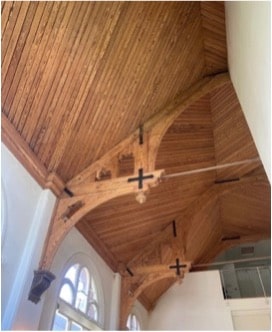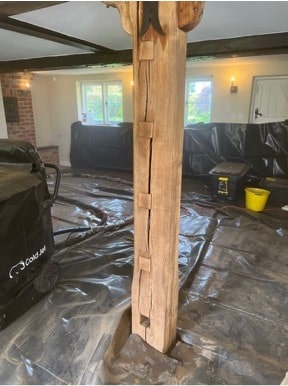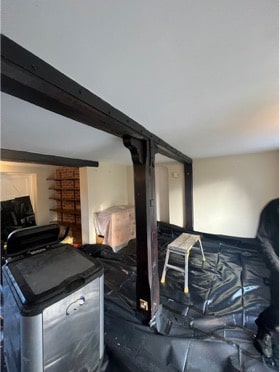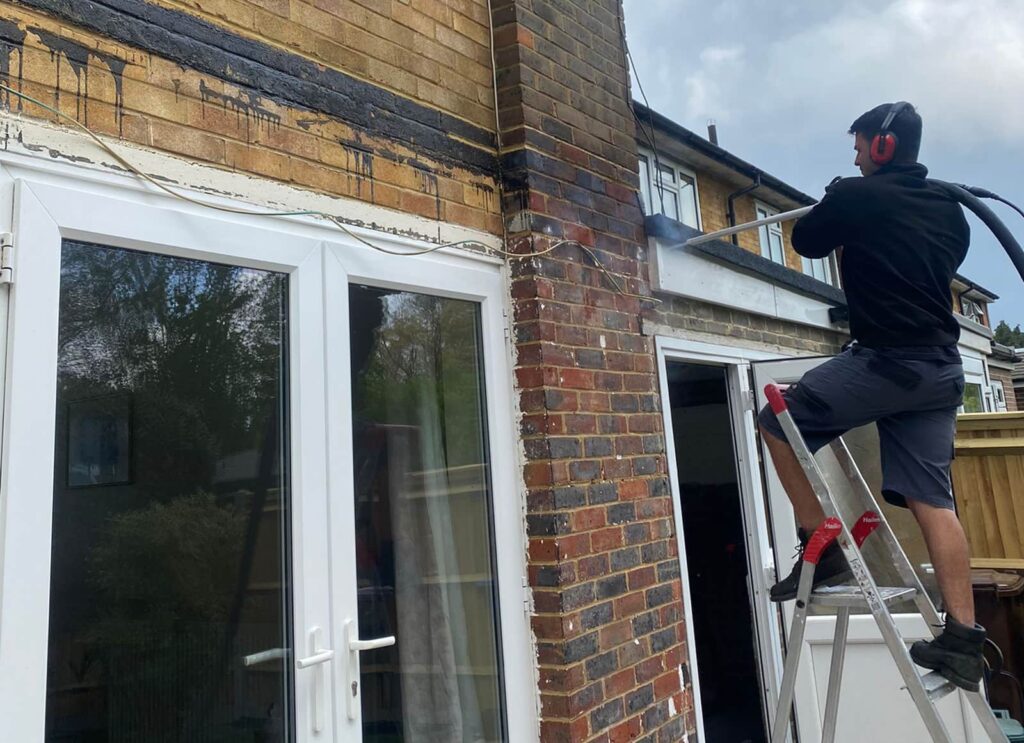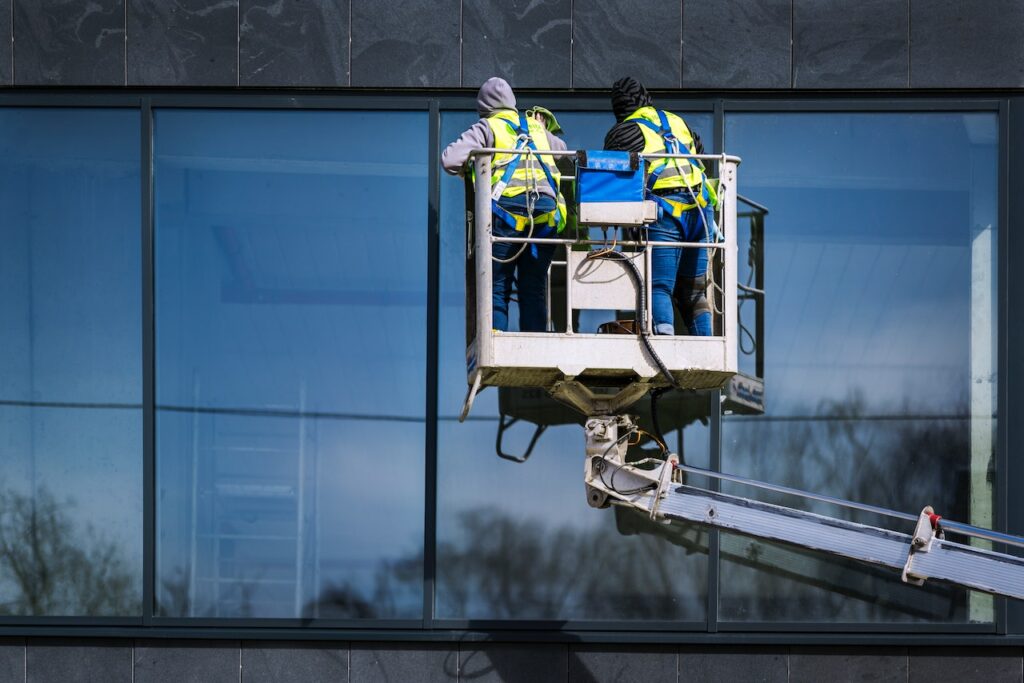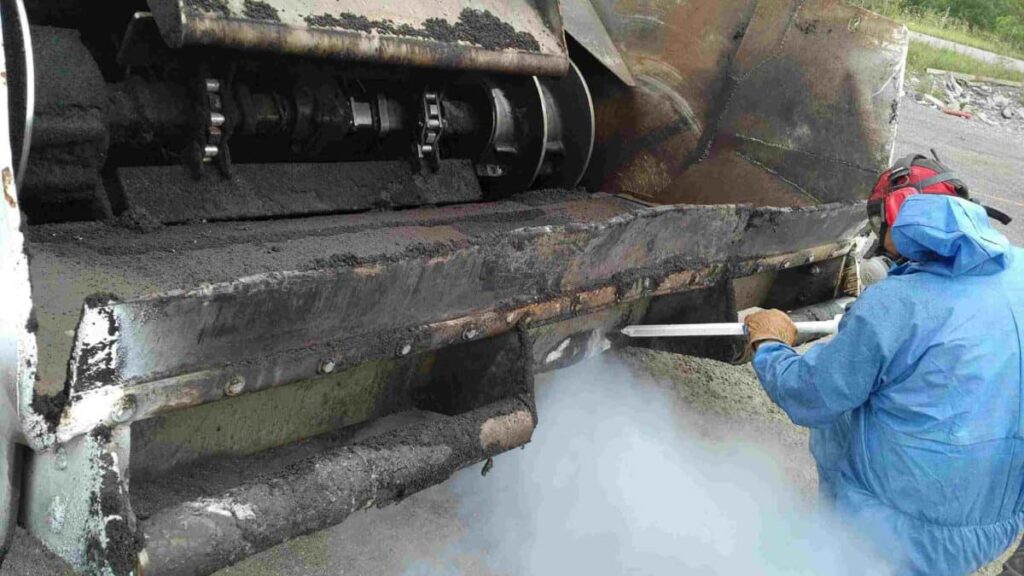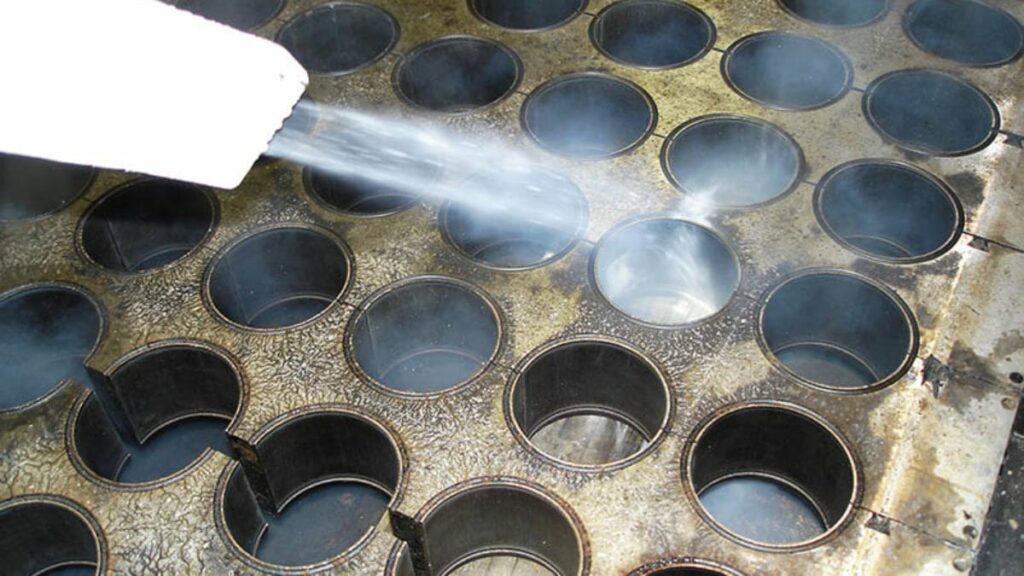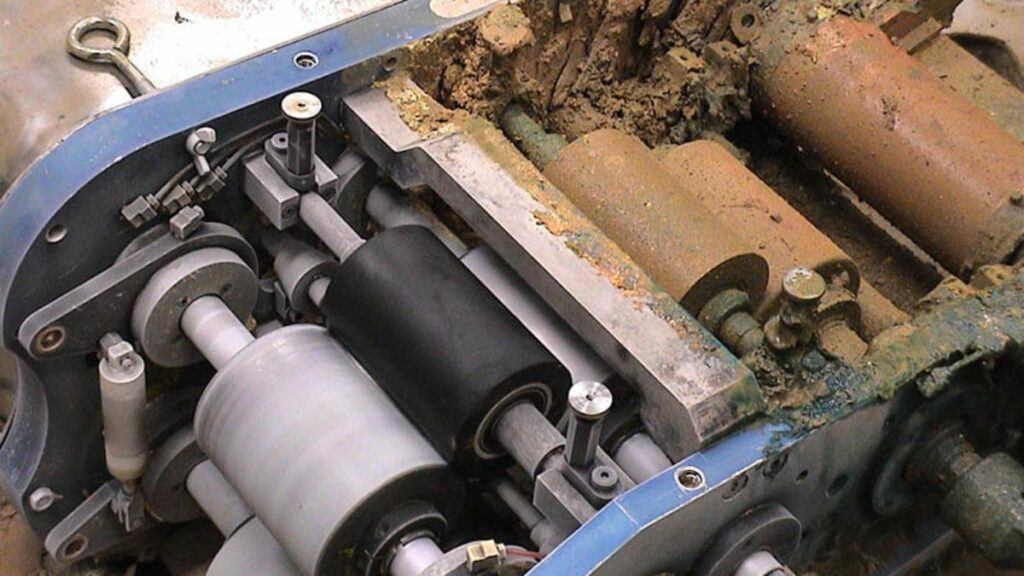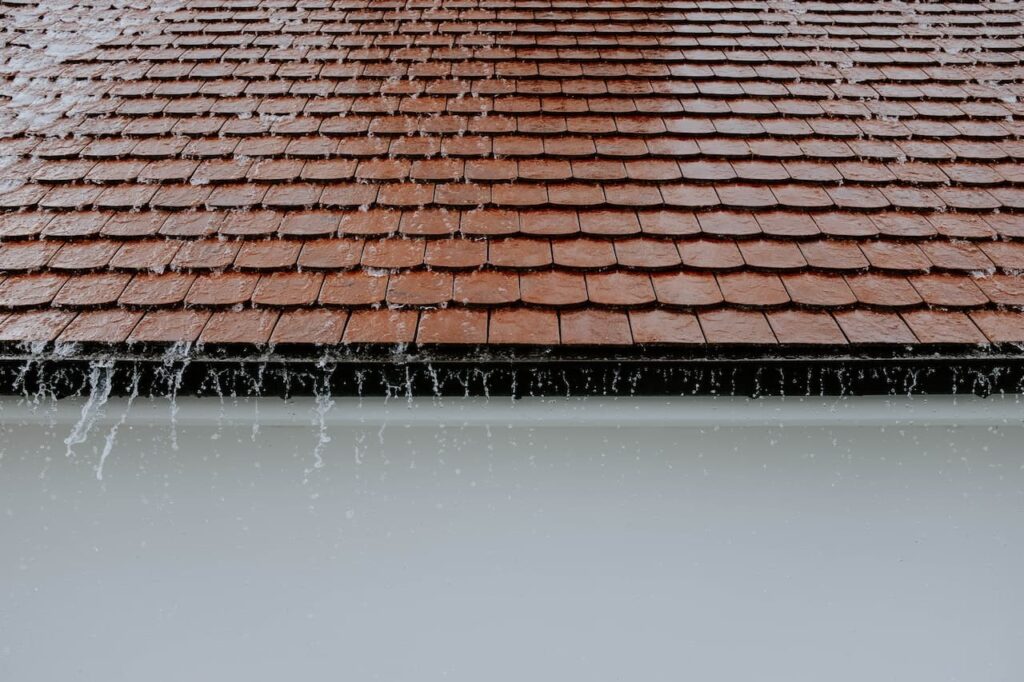Choose a team that treats heritage with care and science. Polar Dry Ice Cleaning combines proven expertise in listed buildings including Grade 2 with precise dry respects conservation standards, minimises waste and delivers beautifully restored beams with minimal disruption.
Wooden beams are a hallmark of historic and listed properties, carrying the workmanship of earlier centuries. With age, they often pick up layers of paint, varnish, smoke deposits, grime and water staining that dull their character and can threaten long term durability. Polar Dry Ice Cleaning restores these features with advanced dry ice blasting, a gentle, non abrasive method trusted by conservation professionals and aligned with guidance from bodies such as English Heritage.
Our process protects the timber surface while lifting contaminants to reveal original grain and form, improving both appearance and integrity. From sensitive conservation projects to routine care, we deliver a safe, effective and eco friendly service tailored to heritage settings, including Grade 2 listed building beams restoration.
Why Dry Ice Blasting is the Preferred Method for Beam Restoration
Traditional cleaning methods such as sandblasting or chemical stripping often pose risks to delicate wooden surfaces. These abrasive or chemical-heavy processes can damage the beams, strip away natural textures, and introduce unnecessary waste or residue. Dry ice blasting, on the other hand, stands out as a non-abrasive, eco-friendly alternative.
How Dry Ice Blasting Works
Dry ice blasting involves propelling solid CO₂ pellets at high speed using compressed air. When these pellets strike the surface, they sublimate (transition directly from solid to gas), lifting away contaminants without creating secondary waste. The process is entirely dry, chemical-free, and gentle on fragile surfaces, making it ideal for cleaning historic wooden beams.
| Application | Problem addressed | Why dry ice blasting helps | Preservation benefit |
|---|---|---|---|
| Removing paint and varnish | Built up coatings hide grain and historic character | Selective removal of coatings without cutting into timber | Reveals original surface suitable for listed properties |
| Eradicating water stains | Marks from leaks or condensation that wet methods may worsen | Dry process avoids added moisture and harsh chemicals | Protects wood fibres and stabilises appearance |
| Clearing soot and smoke damage | Soot penetrates and discolours beams after fire or long smoke exposure | Gently lifts soot particles from the surface without abrasion | Restores tone and clarity of the timber |
| General cleaning and grime removal | Layers of dirt grime and algae gathered over decades | Removes contaminants while respecting carvings and fine detail | Improves appearance without harming structure |
Key Benefits of Dry Ice Blasting for Beam Restoration
When it comes to restoring wooden beams, dry ice blasting offers numerous advantages:
| Advantage | What it means | Why it helps | Typical use |
|---|---|---|---|
| Non abrasive and gentle on surfaces | Preserves the natural texture and integrity of timber | Cleans delicate carvings without scratches or surface loss | Listed interiors and beams with fine detailing |
| Environmentally friendly | Uses reclaimed CO₂ that sublimates leaving no residue | No chemical cleaners and no added moisture | Heritage projects with strict conservation and sustainability goals |
| Minimal clean up | Ice pellets turn to gas so only loosened contaminants are collected | Reduces labour time and site disruption | Large scale restorations and intricate beam networks |
| Trusted by conservation experts | Recognised on heritage works and used by conservation specialists | Suitable for protecting historic fabric across the nation | Projects guided by bodies such as English Heritage |

